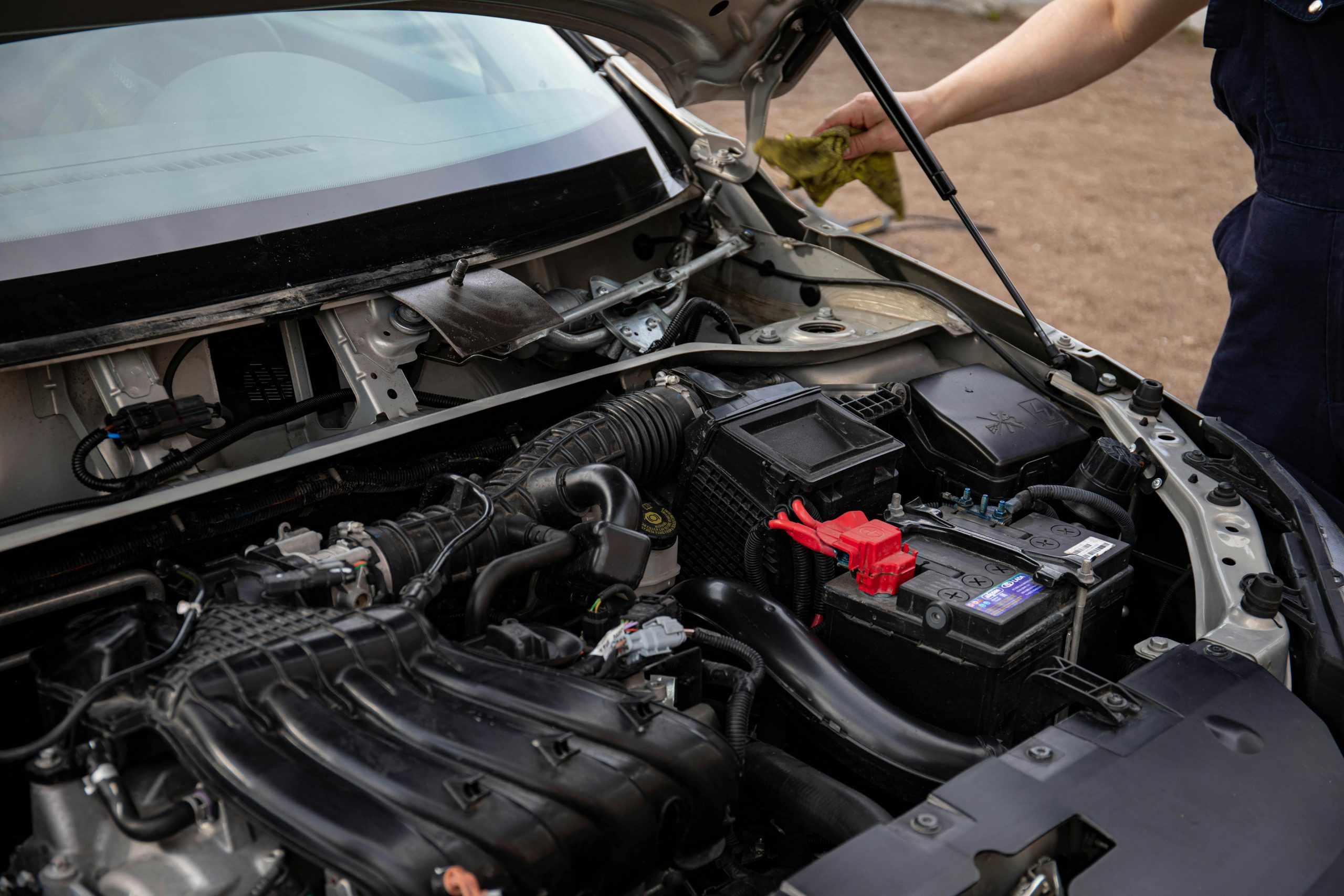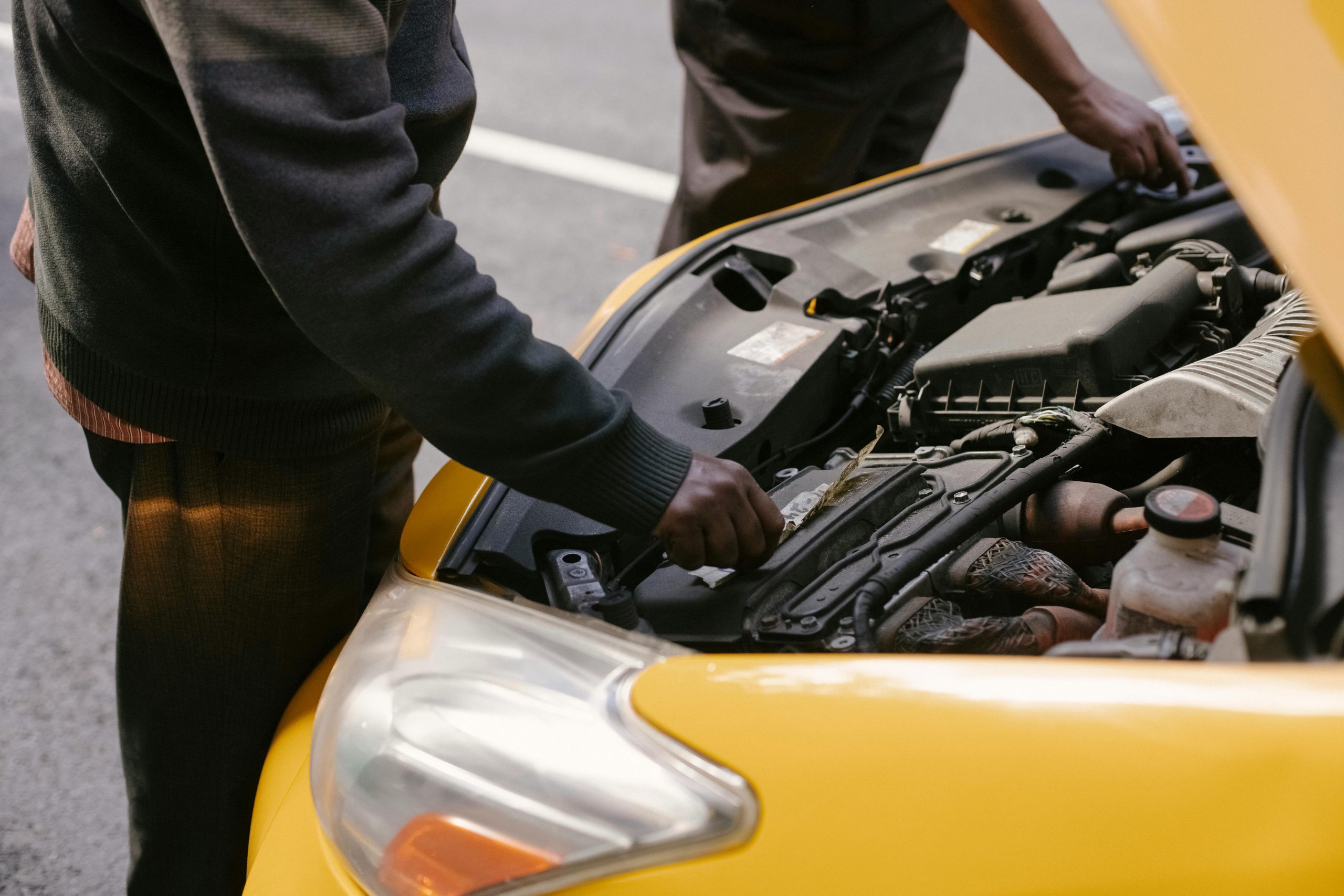
Highlights
- Most car batteries last 3–5 years, but extreme weather and driving habits can shorten their life.
- Slow cranking, dim lights, and dashboard warnings are signs your battery is weakening.
- Testing your battery annually after year three can prevent surprise breakdowns.
- Replacing your battery proactively avoids stress on your alternator and starter.
- Choosing the right battery ensures better reliability and protects vehicle electronics.

Car batteries are easy to ignore — until your car refuses to start at the worst possible moment. Many drivers assume that as long as a battery starts the engine, it’s still in good condition. The reality is that a failing battery can still function but may be on the verge of leaving you stranded. Replacing a battery before it completely fails is one of the smartest preventive maintenance steps you can take.
This guide will help you understand when to replace your battery even if it still works, the key warning signs to watch for, and how proactive replacement saves you money, time, and headaches.
Understanding Car Battery Lifespan
A car battery is not designed to last forever. The typical lifespan ranges between three to five years, but several factors can shorten or extend its usability.
- Climate Impact: Hot weather accelerates fluid evaporation and internal corrosion, reducing battery life. Conversely, freezing temperatures slow the chemical reaction inside a battery, making it harder to start your car.
- Driving Habits: If you take mostly short trips, your alternator may not fully recharge the battery, leading to gradual depletion.
- Vehicle Demands: Modern cars have complex electronics that draw power even when the engine is off, leading to additional battery wear over time.
Waiting until your battery completely dies can damage other electrical components and leave you stranded. Being proactive ensures your car remains reliable no matter the season.
Signs It’s Time to Replace Your Battery
Even if your car starts every day, subtle warning signs may indicate that your battery is nearing the end of its life.
Common Symptoms
- Slow Engine Crank: If your engine seems to struggle or crank more slowly before starting, your battery may be losing power.
- Dim Headlights or Interior Lights: Dimming lights when the car is idling can signal reduced voltage output.
- Dashboard Warning Light: The battery or charging system light might come on, suggesting issues with either the battery or alternator.
- Swollen Battery Case or Corrosion: Physical signs like bulging sides or white/blue corrosion around terminals indicate chemical breakdown.
- Frequent Jump-Starts: If you need to jump-start your car more than once in a few months, your battery is no longer reliable.
Ignoring these signs could lead to a no-start situation at an inconvenient time.
Recommended Timeline for Preventive Replacement
Industry experts recommend replacing your battery every three to five years, depending on climate and usage.
- Every 3 Years: Hot southern climates are especially tough on batteries, so replacement sooner rather than later is ideal.
- Every 4–5 Years: In moderate climates, a battery may last longer, but don’t stretch beyond five years without testing.
You can also check your battery’s date code (stamped on the top or side) to know when it was manufactured. If it’s nearing four years old, plan for replacement before winter or a long road trip.
Battery Testing & Monitoring
Testing your battery regularly helps catch problems before they turn into emergencies.
Types of Battery Tests
- Voltage Check: Using a multimeter, a fully charged battery should read about 12.6 volts when the car is off.
- Load Test: This simulates starting conditions to see if your battery can maintain voltage under stress.
- Conductance Test: Many auto parts stores offer free testing with tools that measure internal resistance.
Aim to test your battery annually after the third year. This small step can prevent costly towing fees and last-minute breakdowns.
Risks of Waiting Too Long
Delaying battery replacement can lead to several expensive and frustrating problems:
- Unexpected Breakdowns: A dead battery can leave you stranded in unsafe or inconvenient locations.
- Stress on Electrical Components: A weak battery makes the alternator and starter motor work harder, potentially causing them to fail prematurely.
- Damage to Vehicle Electronics: Modern vehicles rely on consistent voltage. Low voltage can harm sensitive computer systems and sensors.
- Emergency Costs: Towing services and roadside assistance can easily cost more than a scheduled battery replacement.
Being proactive means fewer surprises and more peace of mind.
Choosing the Right Replacement Battery
Not all car batteries are created equal. Selecting the right one ensures reliability and optimal performance.
Factors to Consider
- Group Size: Your battery must fit securely in your vehicle’s tray. Check your owner’s manual for the correct size.
- Cold Cranking Amps (CCA): Higher CCA ratings provide better starting power in cold weather.
- Reserve Capacity: This measures how long the battery can supply power if the alternator fails.
- Warranty: Look for a battery with a solid warranty and easy replacement terms.
When in doubt, visit a trusted battery store where experts can recommend the best match for your car and driving habits.
DIY vs. Professional Installation

You can replace a car battery yourself, but it’s important to follow proper steps to avoid injury or electrical issues.
DIY Installation Tips
- Disconnect the negative terminal first to prevent sparks.
- Remove the old battery carefully (it can be heavy).
- Clean terminals with a wire brush before installing the new one.
- Reconnect the positive terminal first, then the negative.
Professional installation ensures proper handling, charging system testing, and recycling of the old battery — often for a small additional fee.
Maintenance Tips to Maximize Battery Life
A well-maintained battery not only lasts longer but also reduces the risk of getting stranded unexpectedly. Consistent care helps ensure that your car starts reliably every time, even in extreme weather conditions. Here are practical steps every car owner should follow:
Keep Terminals Clean
Corrosion on battery terminals is one of the most common causes of power issues. A simple mixture of baking soda and water, applied with a toothbrush, can neutralize and remove corrosion. After cleaning, apply a thin layer of petroleum jelly or terminal protectant spray to prevent future buildup.
Ensure a Secure Fit
Batteries that are not properly secured can shift while driving, causing internal damage to the plates and potentially leading to short circuits. Check your battery hold-down clamp at least twice a year, tightening it just enough to keep the battery secure without cracking the casing.
Drive Regularly
Short trips don’t give your alternator enough time to fully recharge the battery. Aim for at least one 20–30 minute drive per week to keep it at optimal charge. If you mainly take short trips, consider combining errands or taking a slightly longer route home occasionally.
Avoid Excessive Accessories
Leaving headlights, the radio, or phone chargers plugged in after shutting off the engine can slowly drain the battery. Make a habit of turning everything off before leaving the vehicle. Some modern cars have “power save” modes, but manual double-checking is always a good idea.
Use a Trickle Charger or Battery Maintainer
If you plan to store your car or not drive it for more than two weeks, invest in a quality battery maintainer. This device delivers a small, steady charge to keep the battery from discharging completely, which can extend its overall lifespan.
Inspect the Charging System
Your battery works in partnership with the alternator and voltage regulator. If your battery seems to lose charge quickly, have a professional test the entire charging system to ensure the issue isn’t elsewhere.
Pay Attention to Warning Signs
Slow cranking, dim headlights, or frequent jump-starts are early signs that your battery might be reaching the end of its life. Address these symptoms promptly to avoid being stranded.
By incorporating these habits into your regular vehicle maintenance routine, you can save money, avoid emergency roadside situations, and keep your car performing reliably year-round.
Preparing for Seasonal Changes
Seasonal extremes are when batteries fail most often. Take preventive steps before summer heatwaves or winter cold snaps.
- Replace Early Before Winter: Cold weather reduces battery output, making it harder to start the engine.
- Inspect Before Summer: Heat speeds up chemical wear, so testing before peak summer is wise.
- Carry Jumper Cables or a Jump Starter: Being prepared can save time if your battery fails unexpectedly.
Environmental Responsibility: Recycling Old Batteries
Old car batteries contain lead and acid, making proper disposal critical for the environment.
- Recycle at Auto Shops: Most retailers will take your old battery when you buy a new one.
- Municipal Programs: Many cities have hazardous waste collection events.
- Core Credit: Some shops offer a small cash or credit incentive for returning used batteries.
Recycling ensures hazardous materials are handled safely and keeps harmful chemicals out of landfills.
Conclusion
Replacing your battery before it fails completely is one of the simplest ways to avoid costly, stressful breakdowns. Most car batteries last three to five years, but heat, cold, and heavy electrical use can shorten their lifespan. Watching for early warning signs like slow cranking and dim lights, testing your battery annually after its third year, and choosing a high-quality replacement will keep your vehicle running reliably.
Proactive maintenance gives you peace of mind, protects expensive components, and ensures your car is ready to go whenever you need it. Don’t wait until your battery leaves you stranded — take action before it’s too late.



